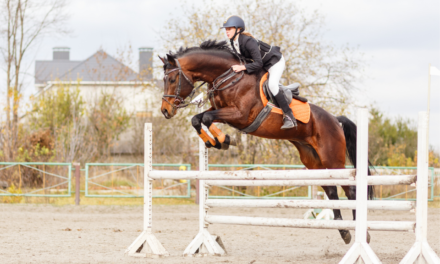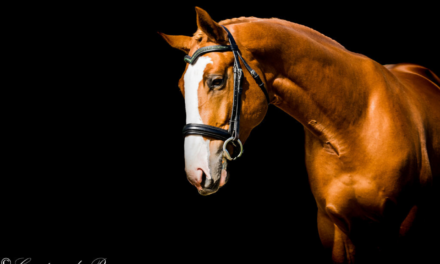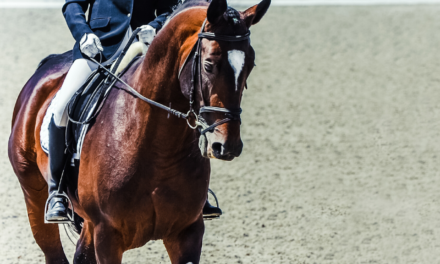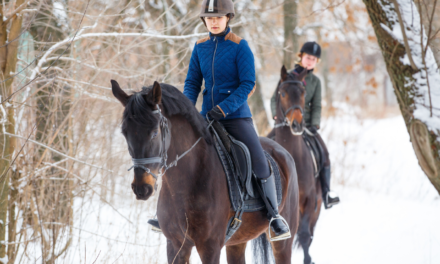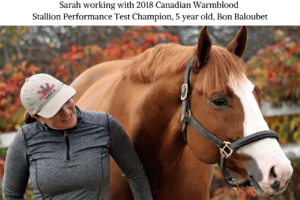We may earn money or products from the companies mentioned in this post. For more information please check out our disclosure page
For the longest time in my equestrian life, I thought keeping a horse fit was just getting on and riding. We get on, we warm up, we do some exercises, we cool down, and we feel good because we rode.
The truth is there is so much more to riding than that.
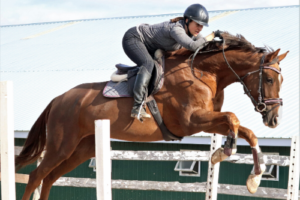
.
Every time we get on a horse we are teaching them something whether it is good or bad.
When we are training a horse we need to ride with a purpose, bearing in mind every action or lack of action will have an effect on the development of your training program.
1. KNOW THE HORSE
I can’t stress this enough. I will not get on a young horse or an OTTB straight off the track until we have developed a bond between us.
I get to know all the horses I train through doing a series of groundwork exercises over a certain period of time, depending on the horse.
Once I feel the horse and I have developed that bond and I trust its reactions through the groundwork exercises then I move onto the training under saddle phase.
2. HAVE A LONG TERM PLAN
Start with a realistic end goal and date. This may change as you go either moving the goal forward or backwards depending on your progress.

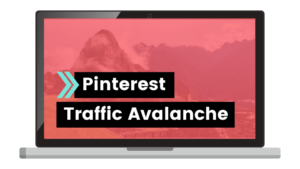

• Is your long-term plan a general training goal?
• Is it a certain competition you are training for in 10 month?
• Is it just to have a more ride-able horse and you would like to achieve that in 6 months or a year?
• Are you training a horse to sell? Do you have a specific market you are looking to sell the horse to?
• Engage the services of an experienced coach who can help you achieve your goals.
• Enroll in online courses, watch YouTube videos, join Facebook groups to learn everything you can with regards to your goals
• Be holistic about your approach, what are your concerns? Do you have fears or weaknesses you need help with overcoming? Make sure you address these, in the equestrian world you are not alone with these concerns.
Decide what your long term goal is, write it down and decide what it is you need to do between now and then to achieve it, set a training schedule
3. HAVE A SHORT TERM PLAN

.
Choose the term of your short-term plan and the goals you want to achieve within it.
Determine what your Short-Term Plan is
• Decide if there are specific goals within the long-term plan that you need to achieve to get to the end goal. For example if you are a certain competition you are working towards generally there will be other competitions you need to go to between now and then. Add these into your long-term plan as they are key to setting out your short term goals.
• Decide what your weekly training schedule looks like in relation to the long-term plan.
• If you have a coach ask them to help you plan how your training will look to achieve your goal.
• Work with an experienced coach to help you grow to achieve your goals. Most people do a weekly lesson.
4. EXECUTE THE PLAN AND DON’T BE AFRAID TO CHANGE IT!
Make sure you stick to it. Its so easy to say “I don’t feel like it today”. I know, I’ve been there done that!
It is so important to follow your routine you have set out for you and your horse.
REMEMBER YOU HAVE A GOAL YOU WANT TO ACHIEVE!
Don’t be afraid to be flexible in changing the plan. Horses are fickle creatures and as trainers we need to be aware of whether the plan is working as we thought it would and if what we are doing is working for the horse at every step of the way.
If you find that you have reached a problem that is holding you up, then change the plan to incorporate working on that issue.
BE FLEXIBLE!
Training the Young or Green Horse
It’s important to stick to the plan but be flexible. With starting a horse I have found that my long term plan with some horses has jumped forward because they were more trainable than I initially expected.
With some horse’s I have got to a certain phase in their training then out of the blue they throw me a challenge I didn’t expect and I have to work through that before we can get back onto the long term plan.
Training A More Experienced Horse for Competition
As with training the young or green horse, training a more experienced horse you need to have a plan, execute the plan, but also be flexible to incorporate any training hurdles along the way.
Take an extra week to work on one area of weakness for example.
5. FIX THE PROBLEM BEFORE YOU MOVE ON
I can’t express how important this is. Ignoring problems or hoping it will go away isn’t going to work in the long run. Deal with each new problem as it arises, it may change your short-term plan but will make you more successful in the long run in attaining your long term plan.
Fix it before you move on.
6. TRAIN WITH PURPOSE
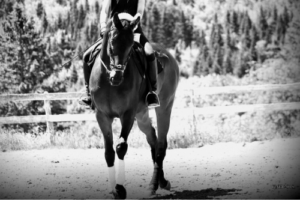
.
Go back to my opening statement in this article. We can ride, we can exercise a horse, but there is a big difference between just getting on and running through some exercises.
Before you do your groundwork, lunge, or ride, KNOW WHAT IT IS YOU WANT TO ACHIEVE IN THAT SESSION. Focus on that and nothing else.
Ask yourself questions every second, question what you are doing, question what the horse is doing and find ways to answer those questions.
• Am I using my leg properly?
• Is the horse connected to me?
• Is it responding properly to my aids?
• Do I have to increase or reduce what I am doing to get the correct reaction from my horse?
These are just a few examples – YOU need to find your own that make it work for your goal.
Make every session count towards achieving your goal!
7. HAVE PATIENCE!
You are going to need this! Things will go right and things will go wrong. You will have challenges, and curve balls thrown at you.
You will have huge ups and huge downs. Just remember EVERYTHING is a positive, we learn from all of it.
Don’t lose focus, take a breath and regroup. Look at what you learned and how you can fix whatever it is.
EVERY TRAINING SESSION IS A LEARNING EXPERIENCE
IF YOU THINK YOU HAD A BAD SESSION REMEMBER YOU LEARN FROM THE BAD MORE THAN FROM THE GOOD!
GROUNDWORK IS KEY to having a well-mannered horse that is easy to handle.
Sign up to receive my free gift
admin
Latest posts by admin (see all)
- A Horse For All Reasons – Guest Blog by Lucy from Horse Factbook - April 8, 2020
- How To Deal With A Spooky Horse Trail Riding - March 31, 2020
- Our Top 20 Amazon Equestrian Products - January 30, 2020


